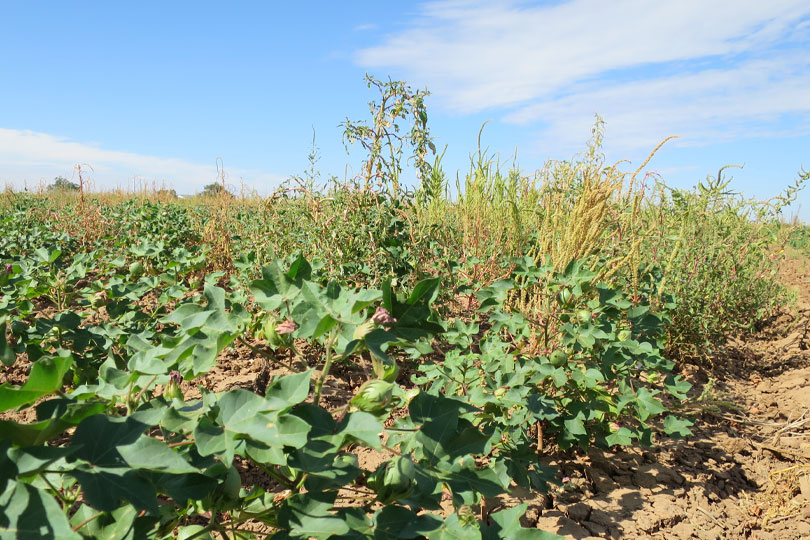By Jennifer Whitlock
Field Editor
The U.S. Environmental Protection Agency (EPA) is considering its options regarding dicamba registrations after a 2021 growing season report showed about 3,500 dicamba-related incidents.
“Despite the control measures implemented in EPA’s October 2020 dicamba registration decision, the 2021 incident reports show little change in number, severity or geographic extent of dicamba-related incidents when compared to the reports the agency received before the 2020 control measures were required,” EPA said in a press release. “Given the new information from the 2021 growing season, EPA is reviewing whether over-the-top dicamba can be used in a manner that does not pose unreasonable risks to non-target crops and other plants or to listed species and their designated critical habitats.”
Although the agency hastened to add it was “unlikely” it could create and implement new dicamba restrictions before the start of the 2022 growing season, farmers and ranchers are concerned about what the new year may bring.
If a state wishes to further restrict or narrow over-the-top use of dicamba, EPA said it will work with them to support those goals.
Also, because of the 2021 growing season report, EPA is unlikely to approve section 24(c) requests under the Federal Insecticide, Fungicide, and Rodenticide Act to register additional uses of federally registered over-the-top dicamba products to meet special local needs.
This will likely restrict any further dicamba use in areas newly battling herbicide-resistant broadleaf weeds.
Grower groups, including the American Farm Bureau Federation (AFBF), say using the data from the 2021 report as the basis of any changes to regulation isn’t a sound strategy.
It’s unclear whether complaints were submitted to multiple regulators, the groups allege, leading to possible overcounting of incidents.
AFBF and other groups are unsure if EPA and state regulatory agencies investigated the complaints to verify injury and assess potential causes.
“The decisions EPA makes regarding herbicides have wide-ranging consequences for America’s farmers and ranchers, so they should be made after careful review and consideration of peer-reviewed science,” AFBF President Zippy Duvall said. “The stakes are simply too high to make major label changes without due diligence from EPA to learn all the facts surrounding reported incidents. America’s farmers deserve a fair process as they work to use climate-smart practices to produce food, fuel and fiber for our nation.”
EPA said it believes 2021 incidents may have been underreported in 2021, “based on stakeholder meetings.”
The agency cited loss of farmer faith in enforcement action after an investigation, farmers’ fear of losing crop insurance payouts if they reported dicamba complaints, concern of losing organic certification after dicamba damage and being a good neighbor by not reporting damages as reasons for underreporting.
“Through meetings, letters and media reports, EPA has received input from stakeholders that is consistent with the finding that dicamba-related incidents are underreported to state lead agencies,” EPA stated.
Despite the grim outlook on future dicamba registrations, by the EPA’s own data, dicamba is currently used in about 75% of the nation’s cotton acreage and 66% of soybean acreage.
Based on market research and sales data, EPA said about half of all dicamba-tolerant soybeans and cotton crops were treated once or more with an over-the-top dicamba product in 2020.
“The significant adoption of dicamba-tolerant technology is demonstrative of the need to control herbicide resistant weeds that can reduce yields and hamper production in these crops,” EPA wrote in the report.

